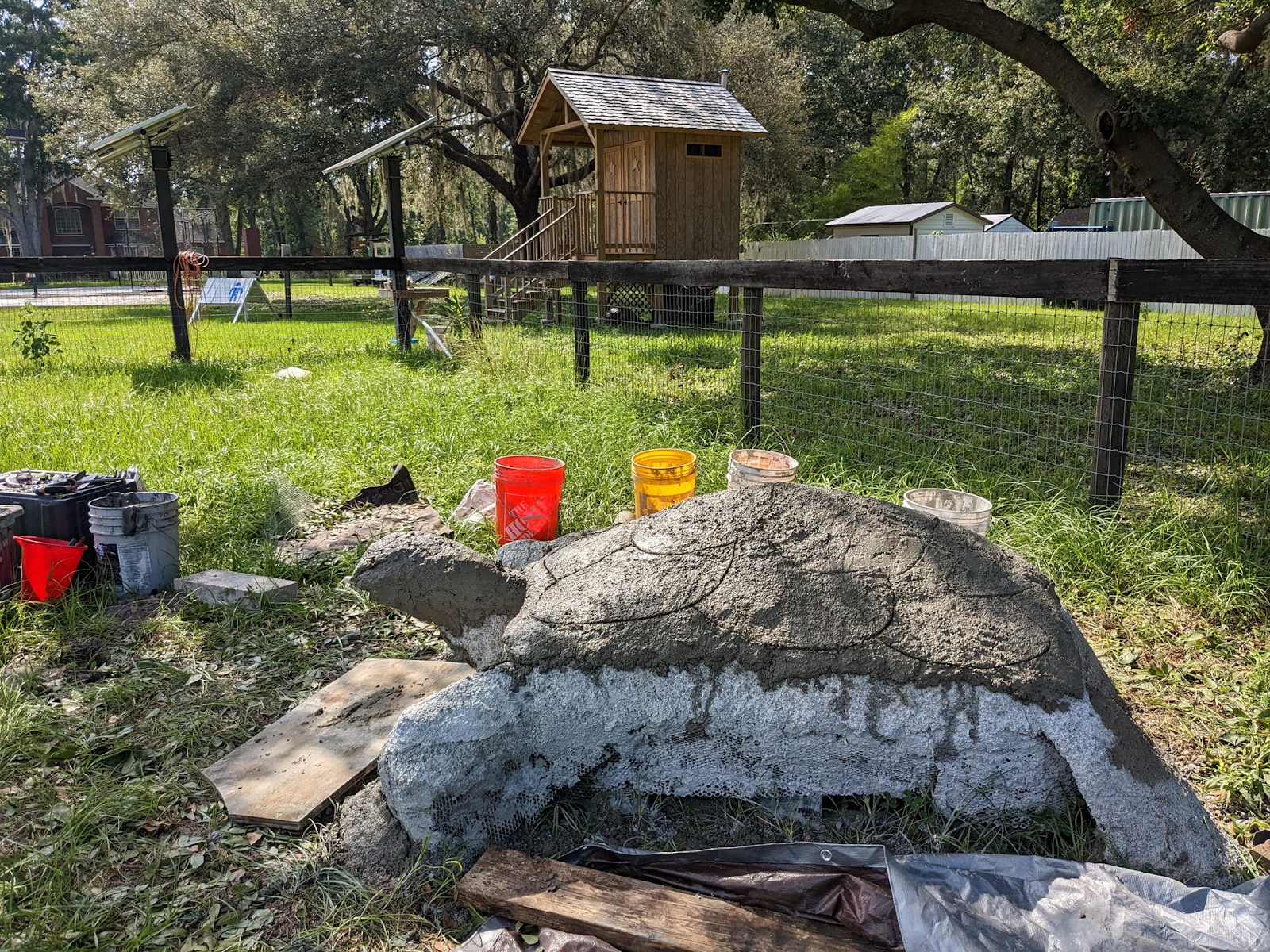Search This Blog
"Zabaleen" is the Arabic term for those visionary and enterprising people whose culture revolves around recycling. The Zabaleen are experts at "transforming one man's garbage into another man's gold" and aspire toward a net zero-waste economy. Applied and supported this could lead to true energy independence, not only by radically reducing our demand for "raw materials" and hard to extract natural resources but by recycling other less obvious phenomena and materials that are now wasted.
Posts
Showing posts from July, 2024
Decentralizing waste managment in high altitude areas impacted by tourism: What Goes Up must NOT go down!
- Get link
- X
- Other Apps
